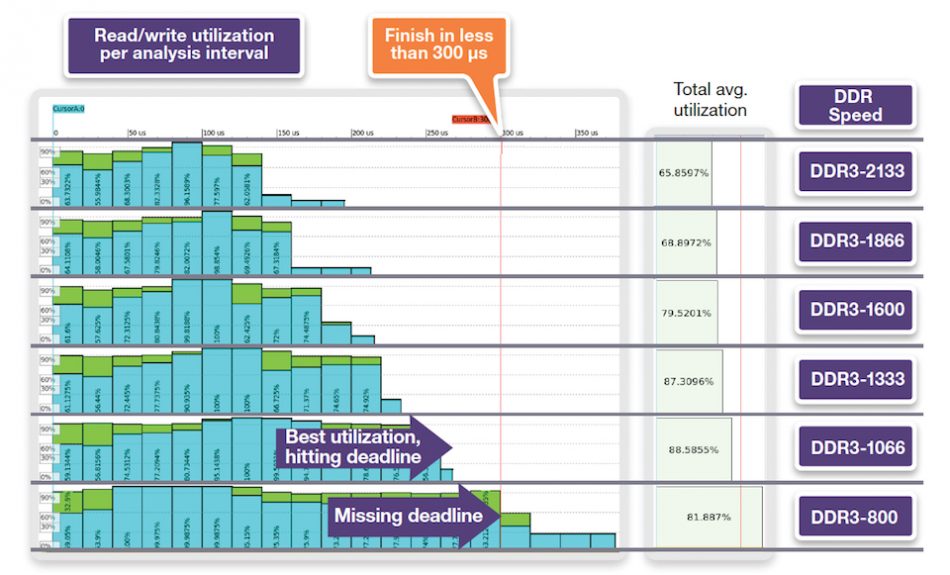

Notice that towards the middle of the DDR4 module, some pins are longer, giving it a slightly curved "V" shape. Not only is the key notch of each DDR generation different (please refer to Figure 1 above), but the DDR4 pin size and arrangement is different from DDR3. DDR4 is not backward-compatible with DDR3 so a DDR4 DIMM will not fit on a DDR3 DIMM slot.
#DDR MEMORY SPEED CHART INSTALL#
How will I know if my system supports DDR4? Can I install a DDR4 DIMM on a DDR3 slot?Įvery DDR generation is different from the others. What DDR4 DIMM form factors are available from ATP Electronics? The increased interface speed amplifies theoretical peak performance for the most critical computing applications in industries such as telecommunication infrastructures, networking storage systems, network-attached storage (NAS) servers, micro/cloud servers, and embedded systems like industrial PCs. Which applications and industries will benefit most from DDR4-3200/2933/2666/2400? Aside from Intel® Xeon® Scalable processors, DDR4-2666 is also built for 8th Gen Intel® Core™ Processors. Having two additional memory channels compared with the previous quad-channel platform delivers a significant increase in speed and performance. Each memory channel supports two DIMMs, which means each processor can support up to 12 DIMMs.
#DDR MEMORY SPEED CHART FULL#
Each of the latest Intel® Xeon® Scalable processors with Intel® C620 Series Chipsets (formerly code-named Skylake-SP and Lewisburg) provides native support for six memory channels that can operate at the same speed even at full load. DDR4-3200.ĭo the latest Intel® Xeon® Scalable processors support DDR4 modules from ATP? DDR4-3200, the latest industrial DDR4 offering from ATP, transfers data about 70% faster than DDR3-1866, one of the fastest DDR3 versions available, for a big boost in theoretical peak performance.įigure 2. The reduced power consumption gives substantial power savings and allows operation at higher speeds without higher power and cooling requirements.ĭIMM densities start at 2 GB, reaching up to 128 GB – a big leap from DDR3’s 512 MB to 32 GB capacities.ĪTP's latest DDR4 modules for embedded and industrial applications deliver high-speed data transfers up to 3200 MT/s.

What are the advantages of DDR4 over DDR3?ĭDR4 modules are more energy-efficient, operating only at 1.2V compared with DDR3’s 1.5V or 1.35V. The following table compares the different DDR generations. How does DDR4 differ from other DDR generations? The pin count and key notch location for each DDR generation are different. This design also lowers insertion force, as not all pins are engaged at the same time during module insertion.įigure 1. The DDR4 key notch is in a different place, and the edge connector looks like a slightly curved “V” to facilitate insertion. However, DDR4 has 288 pins compared with DDR3’s 240 pins DDR4 SO-DIMMS have 260 pins instead of 204 in DDR3. Physically, a DDR4 module, or dual in-line memory module (DIMM), looks very similar to a DDR3 DIMM. How does DDR4 differ from DDR3 in appearance? Double data rate fourth generation (DDR4) is a memory standard designed as a better, faster, more reliable replacement for DDR3.


 0 kommentar(er)
0 kommentar(er)
